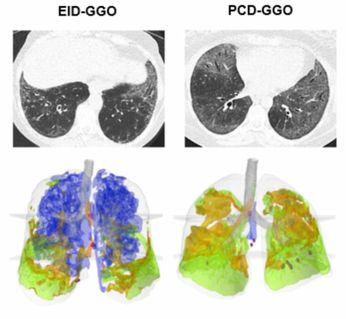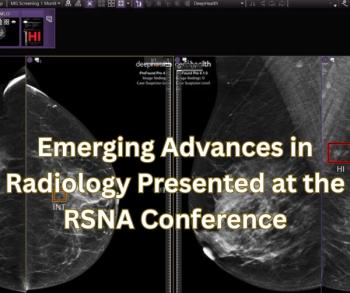
Emerging Directions with Advances in Enterprise Imaging in Radiology

In a recent interview, Nina Kottler, M.D., discussed key trends that are leading to a renewed focus on improved enterprise imaging platforms and the potential promise of integrating Cognita Imaging’s Mosaic Drafting vision language model technology into the MosaicOS platform.
There has been a noticeable shift of emphasis with the ongoing exploration of artificial intelligence (AI) in radiology. While the emergence of AI in radiology back in 2016 was centered more on improving detection, there has been more of a recent focus on enterprise imaging improvements with an emphasis on addressing quality, efficiency and capacity of physicians to handle increasing imaging volume, noted Nina Kottler, M.D., in a recent interview with Diagnostic Imaging.
“Right now, the biggest concern and problem that is facing health care overall, not just in the U.S., but in the world, is capacity. There's not enough physician capacity to manage the imaging volume that is coming in (and that is) causing significant patient care problems. It’s affecting everything downstream,” emphasized Dr. Kottler, the chief medical AI officer for Mosaic Clinical Technologies.
“So with that, we need to start concentrating on things that not just improve the quality of detection — which is what most of the AI was doing before — but we need to find things that enhance the efficiency (and) the capacity of the workforce.”
With the recent acquisition of Cognita Imaging by Mosaic Clinical Technologies, Dr. Kottler is excited about the potential of the vision language model technology behind Cognita Imaging’s Mosaic Drafting for radiology reporting and its integration into the MosaicOS platform for redefining workflow.
Whereas narrow AI offers a classification model with a binary output for a single finding, Dr. Kottler said a vision language model provides a foundation model that reviews the entire diagnostic exam.
“It doesn't just tell you yes, there's a lung nodule because that's not how we dictate. It tells you there is a solid lung nodule with spiculated borders in the right upper lobe on series number three, image number 157, it's new from prior and its associated with x other findings. That is how we dictate so when we review the report. It is crafted in a way that we would speak and is more comprehensive. That's what is game changing now,” explained Dr. Kottler.
(Editor’s note: For related content, see “
For more insights from Dr. Kottler, watch the video below.
Newsletter
Stay at the forefront of radiology with the Diagnostic Imaging newsletter, delivering the latest news, clinical insights, and imaging advancements for today’s radiologists.




























